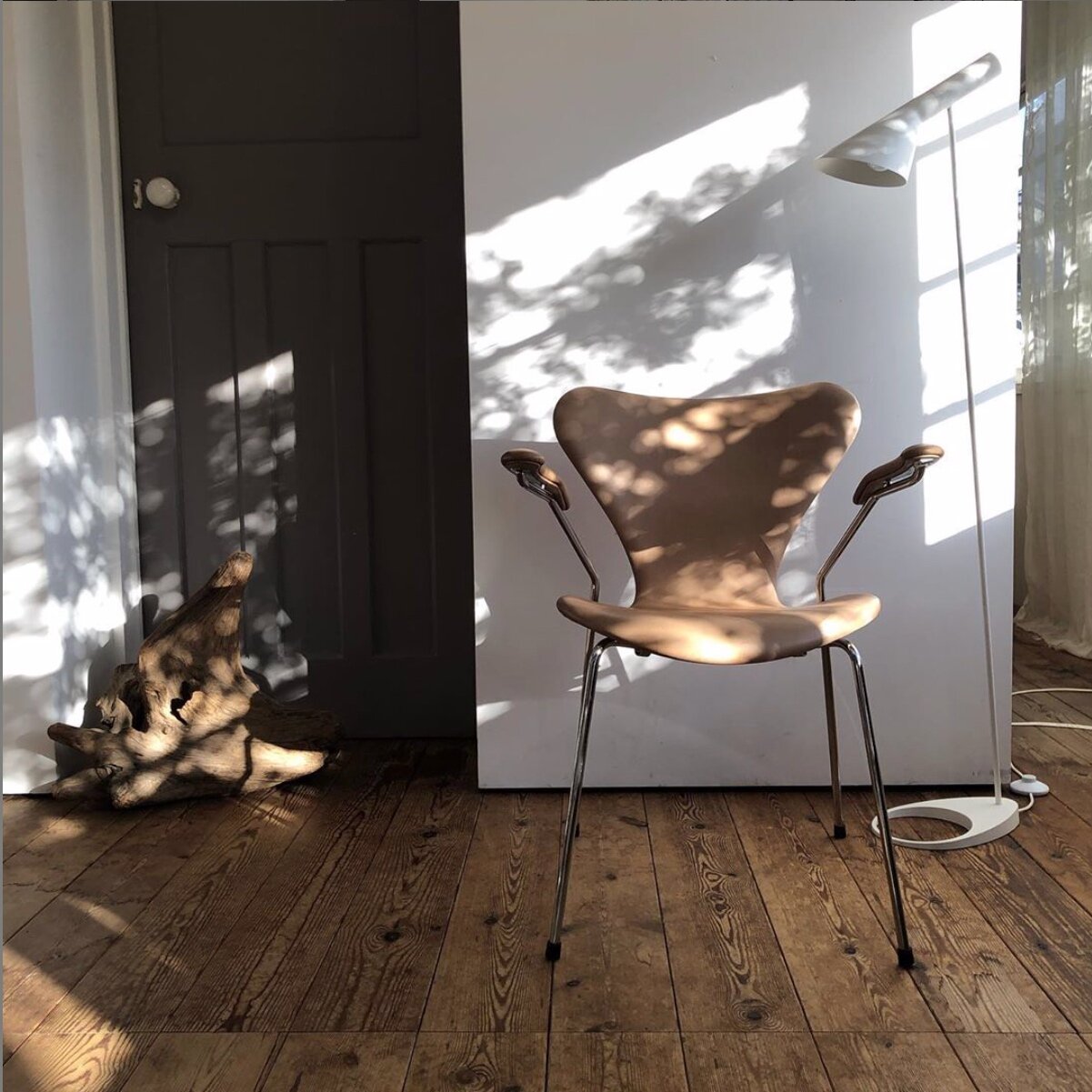House of Tobias Jacobsen in Osaka
Deeply fascinated with Japan and Japanese culture, I have long been dreaming of doing a project in the country; ideally, in a meeting of our two cultures. At its best, Danish design contains a touch of the Japanese aesthetic. Many of my grandfather’s designs – and my own, when they come out right – possess similar qualities of minimalism, simplicity, air and light. Qualities I prize highly in design and crafts. On a separate note, I have been growing increasingly tired of the traditional retail concept, where shoppers browse among design products lined up on shelves and tables, each item with a price tag or sticker attached. I find this set-up uninspiring, and gradually, an idea began to take shape in talks with investors in Denmark and Japan: perhaps we could design a house for people to visit and explore as one does moves around in a private home. A setting where the prices are listed so discreetly one would need reading glasses to spot them. Where architecture, furniture and interiors vary over time. Where the presentation and distribution of things are not fixed and permanent. With mobile walls and showcases that can be moved around, put into storage and modified as needed. That dream and vision was realized in 2016 when the House of Tobias Jacobsen opened in Osaka. The house also serves as a venue for workshops, lectures and events aimed at fostering mutual inspiration between Danish and Japanese design. I will suggest an idea for a workshop, and then we invite Danish presenters to speak about, for example, gastronomy, art or architecture. Or Japanese presenters to speak about culture and the amazing traditional crafts that go back generations but are now at risk of becoming extinct. One of the most successful workshops we held was on the Japanese tradition of kintsugi, where chips and cracks in ceramic ware are repaired with gold leaf: a way of elevating the flaw and chance occurrences rather than simply throwing the piece on the scrapheap. We invited Japan’s leading gold-leaf artisan to demonstrate the technique. For these events, the house fills with people. Furniture and design objects are pushed aside, and the setting changes, as the house transforms into a workshop. I think we have managed to create an organic house where people can come to find inspiration. They do not feel they are entering a shop – instead, the place feels more like a traditional summerhouse on Denmark’s north coast: high-quality natural materials throughout, the interior flooded with light, curtains billowing in the breeze. The process of creating a place where people can both buy design and acquire new learning has been fascinating. My goal is not to provide a broader outlook as well as deeper insight. I think that goal has been accomplished.
Keizo Sunahara: owner and partner
Reiko Kuniyoshi: partner, director and
interior stylist
Aya Okamura: project coordinator
Tobias jacobsen: partner and vision












































